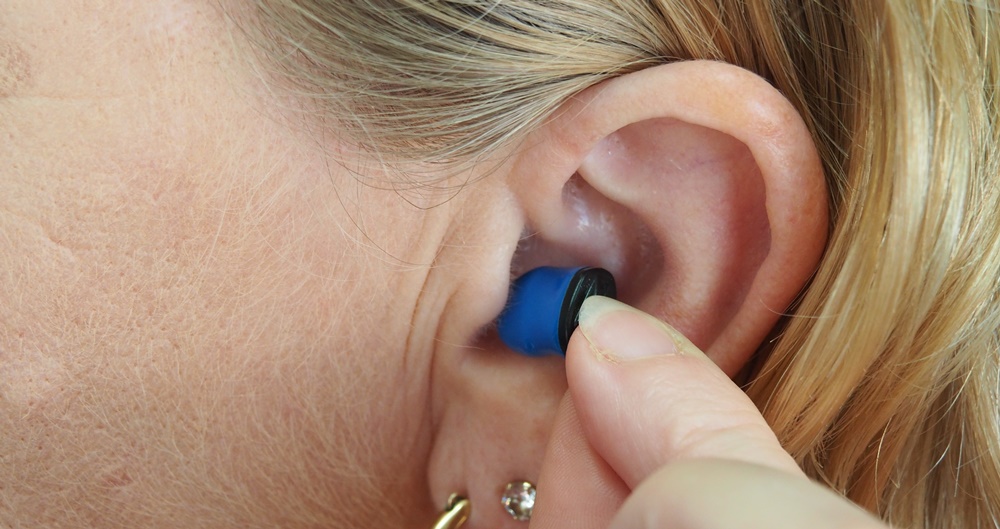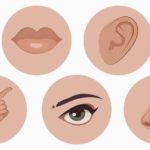What causes deafness?
Deafness is defined as an impairment of hearing ability, which may be partial or total. Deafness is seen in old people but certain diseases may result in deafness at a younger age. This is an important cause of disability in older people and adds to their discomfort during day-to-day activities. It affects all forms of social interaction and may even become a stigma.
Normal hearing
The sound waves are directed towards the external auditory canal due to the shape of the external ear or the pinna. These waves vibrate the tympanic membrane which transmits the sound to the middle ear. There are three small bones in the middle ear known as malleus, incus, and stapes. These bones conduct the sound from the tympanic membrane to the inner ear which has special receptors connected directly with the vestibule-cochlear nerve. This nerve transmits the sound to the brain where it is deciphered and understood. Based on this description, deafness is also classified as conductive or sensorineural deafness.
Types of deafness
Conductive deafness: When the eardrum or the middle ear including the three little bones is diseased, the sound transmission to the inner ear or the cochlea is affected. This is defined as conductive hearing loss.
Sensorineural deafness: Diseases involving the inner ear and vestibule-cochlear nerve result in sensorineural deafness.
Common causes of deafness
There are many different causes of deafness that may affect one or both ears. These causes are related to age, exposure to noise, chemicals, direct injury, and a complication of other illnesses. Based on the knowledge of its cause, hearing loss can be prevented and treated.
Age-related hearing loss is called Presbyacusis. In this condition, both ears are affected equally. Audiometry shows that the loss is mainly at high frequencies. Other causes should be excluded before arriving at this diagnosis. This occurs due to degenerative changes in the cochlea. Hypertension has been found to be associated with vascular changes which cause a reduction of blood supply to the cochlea. They aggravate age-related hearing loss.
Atherosclerosis results in the narrowing of blood vessels due to the deposition of lipids. This may result in a reduction of blood supply to the cochlea. Since the cochlea is very sensitive, a reduction in oxygen delivery affects its performance and results in deafness. A diet high in saturated fats may act as fuel to the fire in the pathogenesis of atherosclerosis. Smoking or consumption of tobacco in any form is also a risk factor for atherosclerosis and contributes to the occurrence or aggravation of deafness.
Diabetes is an independent risk factor for atherosclerosis. It is also associated with vasculitis and calcium deposition in the wall of blood vessels. These changes may result in a reduction in the blood supply to the cochlea. Diabetes causes neuropathy due to changes in the metabolism of nerves. This neuropathy affects the vestibulocochlear nerve. This multipronged damage caused by diabetes results in deafness.
Exposure to loud noise over a period of time results in noise-induced hearing loss. If one listens to loud music, the risk of deafness increases. It is also the cause of occupational deafness seen in factory workers who are exposed to loud noise. It is a preventable condition, and so the workers in such situations are asked to wear ear defenders which cover the ears and reduce the volume of noise. One-time exposure to very loud noise may also result in deafness. This may occur after a loud explosion, firecrackers, or gunfire. A rupture of the eardrum or dislocation of the middle ear bones is the cause of deafness in such situations.
Drug-induced deafness is a known entity. Many drugs are ototoxic and cause temporary or permanent damage to the inner ear. Some of the common ototoxic drugs are gentamicin, tobramycin, cisplatin (used for the treatment of cancer), and aspirin.
Deafness is a disability that can affect all age groups. It requires complete assessment for treatment and further progression. In the occupational hearing loss, preventive measures are taken. In many countries, they are legally compulsory. Hearing is an important function for daily living and every effort should be taken to preserve it.




























